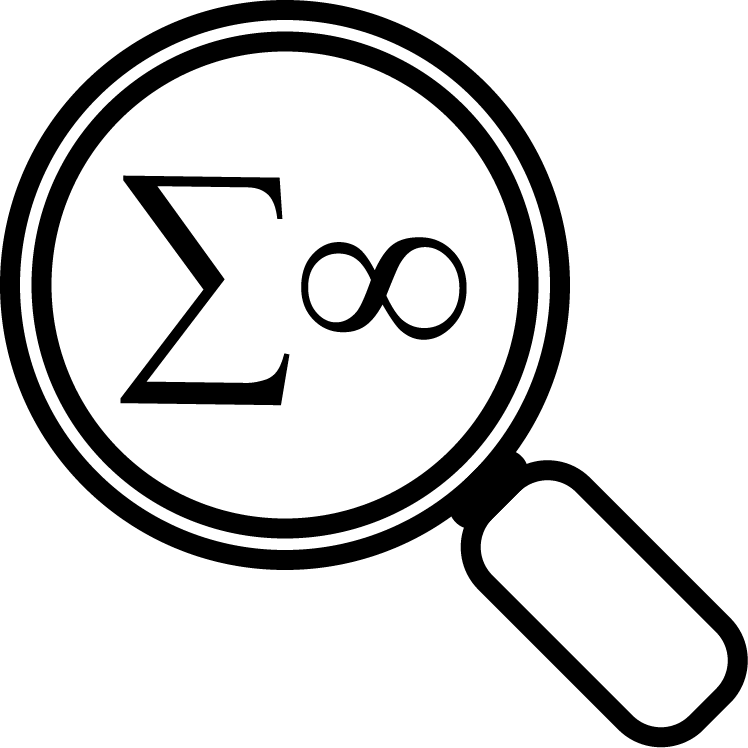Understanding how large and how fat different species are follows from predicting optimal bodies that avoid both starving and predation
Background
Animals differ in the amount of fat they carry around depending on their species, status and sex. However, the causes of much of this variation have been a mystery. An important reason for the storage of fat is as a back-up energy source if an animal fails to find food. However, carrying fat has a cost of reducing athleticism and so making animals more vulnerable to their predators. Animals can be stronger to compensate, but the energetic costs of extra muscle mean that the animal would starve quicker during a food shortage. We used a mathematical model to predict how the composition of animals’ bodies should depend on ecological factors.
Findings
We confirm the expected result that animals subjectted to high risk of predation should be less fat whereas those subjected to more food shortages should be fatter. More surprisingly, the model reveals that an important consideration is how much carrying fat increases the energetic costs of movement. If this cost is low then larger animals should be fatter, but if this cost is large when smaller animals should be fatter. If competition for food is intense then larger animals should be less fat, which means subordinate animals should be fatter than dominant ones.
Implications
We confirm the expected result that animals subjectted to high risk of predation should be less fat whereas those subjected to more food shortages should be fatter. More surprisingly, the model reveals that an important consideration is how much carrying fat increases the energetic costs of movement. If this cost is low then larger animals should be fatter, but if this cost is large when smaller animals should be fatter. If competition for food is intense then larger animals should be less fat, which means subordinate animals should be fatter than dominant ones.
Subject
Behavioural ecology
Subject Group
Zoology and Ecology
Keywords
predation
fat
starvation
obesity
foraging
Posted by
AndrewDHigginson
on Wed Oct 11 2017
Article ID
FKKZ62N9Y
Details of original research article:
Higginson A D, McNamara J M, Houston A I. The starvation-predation trade-off predicts trends in body size, muscularity and adiposity between and within taxa. American Naturalist . 2012;179:338-350. View the Thread Network for this Finding
View the Thread Network for this Finding
Preceded by:
Animals change their behaviour to manage the risks of starvation and predation, and so the number of animals starving can either increase or decrease when the starvation risk increases
Posted by: AndrewDHigginson Posted Fri Jul 03 2020
Followed by:
Animals’ instincts to exploit gluts of food to avoid costing searching means we easily become obese in our ‘constant glut’ modern world
Posted by: AndrewDHigginson Posted Fri Oct 27 2017
The drifty genotype hypothesis of obesity is not consistent with evolutionary theory
Posted by: AndrewDHigginson Posted Fri Oct 27 2017
The energy costs of storing fat and being athletic mean that we can get all kinds of relationships between body size and air temperature among species of mammals and birds
Posted by: AndrewDHigginson Posted Wed Oct 11 2017
